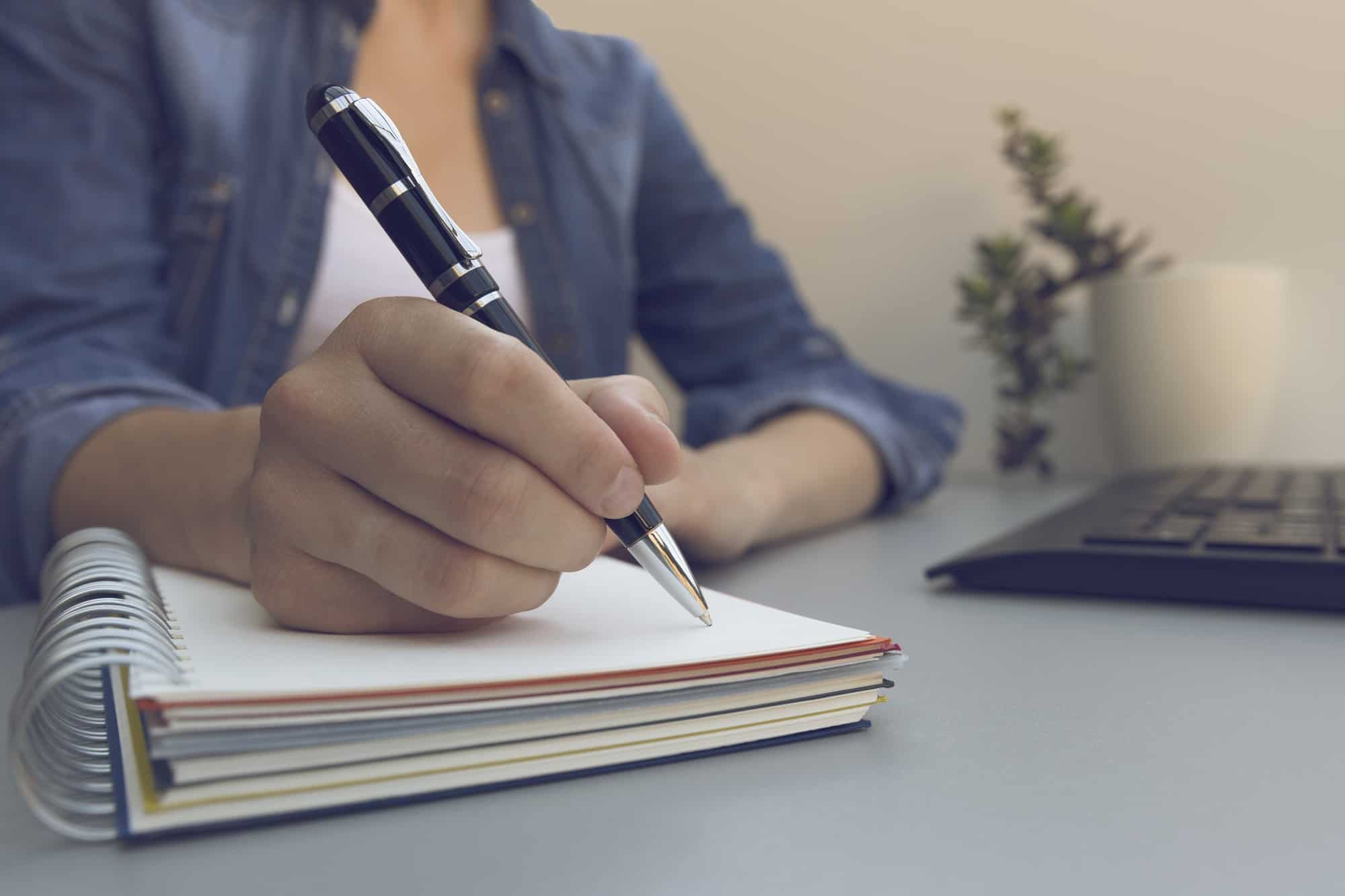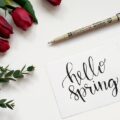Let’s be honest—most of us are first drawn to tarot decks because they’re beautiful. Whether it’s the gilded edges, lush colors, or mysterious illustrations, something about those cards just pulls you in. But tarot is more than a visual treat—it’s a tool for emotional insight, and the art isn’t just decoration. It’s the doorway.
“Tarot imagery speaks in a language older than words,” says tarot educator and symbolism researcher Sunaree Ko. “The right symbol can trigger memory, emotion, even healing—all without a single sentence.” That’s the power of visual storytelling, especially when it comes to introspective tools like tarot.
For those looking to explore this visual language more deeply, this useful guide breaks down the core meanings behind each card and shows how imagery connects directly to the reader’s inner state. When the art resonates, it’s not just coincidence—it’s reflection.
Why Symbols Hit Us So Hard (Even If We Don’t Realize It)
Humans are wired for symbolism. Long before we learned to read, we were interpreting cave paintings, religious icons, and the constellations above. Our brains naturally assign meaning to images, especially those that represent universal themes—life, death, love, fear, hope.
Tarot cards tap into that symbolic wiring. A lion doesn’t just mean “animal”—it might evoke strength, courage, or even pride. A crumbling tower doesn’t just mean destruction—it can suggest breakthrough, the fall of ego, or sudden awakening. And these associations don’t always come from studying. They often hit on an intuitive level, because they echo experiences and emotions we’ve lived through.
The Subconscious Connection
Here’s the thing: tarot doesn’t tell you anything you don’t already know. What it does is hold a mirror up to your inner landscape. That’s why the imagery is so powerful. It bypasses logic and speaks straight to your gut.
For example, the color blue in tarot often connects to calm, intuition, or emotional truth. If you’re drawn to a card drenched in blue during a reading, you might be unconsciously seeking clarity, peace, or release. It’s not that the card knows—it’s that you do.
This is why a card’s image can bring up a visceral response. It’s not about fortune-telling. It’s about insight. Tarot helps you pull thoughts and feelings from under the surface, making the invisible visible.
It’s All in the Details
Let’s break this down. When you look at a tarot card, you’re not just seeing a single image—you’re seeing layers. Take the classic Rider-Waite-Smith deck, for example. Every card is packed with deliberate visual choices:
-
- The High Priestess: seated between two pillars (duality), holding the Torah (hidden knowledge), with a crescent moon at her feet (intuition). Nothing here is random.
- The Fool: a young traveler at the edge of a cliff, head tilted toward the sky, with a white rose (purity) in hand and a small dog (instinct or distraction) at his side.
These aren’t just illustrations. They’re a symbolic blueprint for interpretation. Even if two people draw the same card, their emotional response might differ based on what detail stands out. That’s the beauty—each reading is personalized because your subconscious is doing the interpreting.
Modern Decks, New Layers
It’s not just traditional decks that hold meaning. Modern tarot artists often remix or reimagine symbols, adding cultural nuance, inclusive imagery, or personal iconography that speaks to a wider audience. A rose might become a lotus. A sword might look more like a pen. The message shifts, but the emotional resonance stays.
This evolution matters. It shows that tarot is a living language—one that grows with its readers. If a traditional symbol doesn’t speak to you, a different deck might. What matters is the feeling it evokes. Your deck should be a reflection of you, not just a tool for “correct” answers.
Common Symbols and What They Stir in Us
Let’s look at a few recurring images in tarot and what they tend to represent emotionally or psychologically:
| Symbol | What It Often Represents | Emotional Impact |
| Water | Emotions, subconscious, intuition | Sensitivity, flow, clarity |
| Fire | Passion, transformation, destruction | Drive, anger, creativity, change |
| Keys | Access, secrets, knowledge | Curiosity, revelation, readiness |
| Crow or Raven | Mystery, shadow work, messages | Unease, wisdom, introspection |
| Light/Dark Contrast | Balance, duality, truth vs. illusion | Awakening, tension, integration |
| Wheel | Cycles, fate, time | Acceptance, anticipation, surrender |
Again, it’s not about memorizing meanings. It’s about tuning in to what these images bring up for you. That’s where growth happens.
How to Actually Use the Imagery in Your Practice
If you’re someone who tends to skip over the art and jump straight to the guidebook, here’s a gentle nudge: slow down. Let the image speak first. Before you flip to a description, ask yourself:
-
- What is the first thing I notice?
- How does it make me feel?
- What’s happening in the scene?
- What part of me resonates with this right now?
You might be surprised at how much your gut reveals before your brain catches up. This practice builds self-trust—and that’s the real goal of tarot.
Also, don’t be afraid to journal your impressions. You’ll start to notice patterns in what images come up and when. That repetition isn’t random—it’s your subconscious knocking.
Why This Matters for Self-Growth
Tarot imagery can feel mystical, but at its heart, it’s a psychological tool. By tapping into archetypes—like the lover, the hermit, the warrior—we get to reflect on who we are, who we’ve been, and who we’re becoming.
These images help you process transitions, unlock buried emotion, and make meaning out of chaos. They don’t predict your future, but they do help you understand your present.
That’s why some people use tarot as part of a healing practice, a creative ritual, or even a form of meditation. The cards become a bridge between conscious thought and inner knowing.
Trusting Your Interpretation
A final note: you don’t have to be an expert to get meaning out of tarot. Your interpretation is always valid—because it comes from you. Yes, traditional meanings exist, but they’re not rules. They’re starting points.
The more you engage with the art, the more it starts to feel like a conversation rather than a lecture. You’re not learning tarot—you’re learning yourself through tarot.
Conclusion: The Picture Is the Point
Next time you pull a card, don’t rush. Don’t skim the art. Let it linger. Notice the colors, the symbols, the posture, the mood. That card was designed to say something without words—and that message is for you.
Tarot is about presence. It’s about seeing what you might have overlooked and feeling what you may have pushed aside. The imagery is your invitation to listen deeper.
So yes, the cards are pretty. But they’re also powerful. And when you give them your attention—not just your curiosity—you’ll find that their true beauty is how they help you see yourself.
Want to explore other tools for self-awareness?
Snag a free workbook and get inspiration on all the ways to love your life even more.
>>Click Here to Discover Additional Articles on Strategies to Falling in Love with Your Life <<









